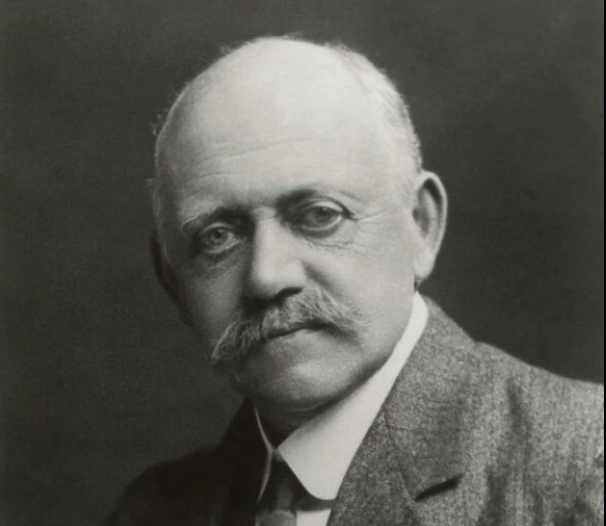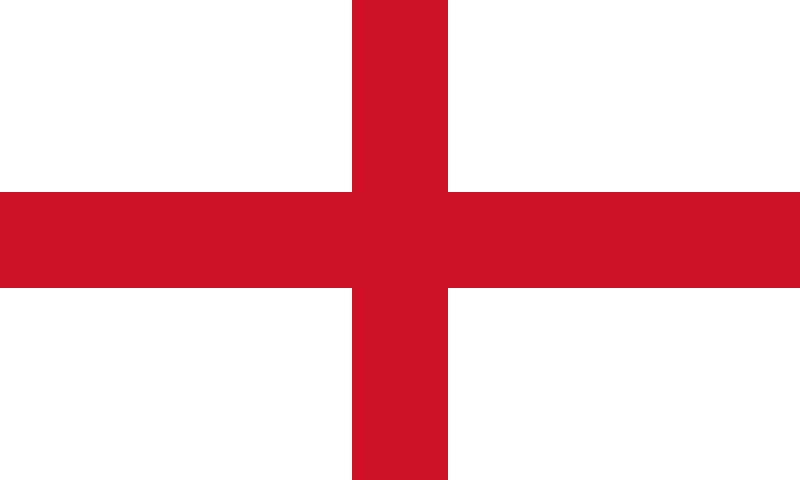The Union Flag
So we continue to discover information about the Union Flag – in case you haven’t read part 1 – The Union Flag is the national flag of the United Kingdom. It got its name because it combines the crosses of the three countries united under one Sovereign – the kingdoms of England and Wales, of Scotland and of Ireland – although since 1921 only Northern Ireland has been part of the United Kingdom. Over the next series of posts I will be looking into each of these flags and how they came about.
The Cross of St Andrew
The flag of Scotland, also known as the Saltire or the Saint Andrew’s Cross, has a blue background, or field with a white saltire – a saltire is a diagonal cross. I didn’t know until completing this post that it is the oldest flag in Europe and the Commonwealth, originating in a battle fought in East Lothian in the Dark Ages.
Who was St Andrew?
St Andrew is the patron saint of Scotland, and St Andrew’s Day is celebrated every year on November 30. He was recognised officially as the patron saint of Scotland when the country’s independence was declared with the signing of The Declaration of Arbroath in 1320. Even earlier In 1286, the Seal of the Guardians of Scotland (used to authenticate legal documents and communications) had a representation of St Andrew on his X-shaped cross.
By 1390, St Andrew was appearing as a national symbol on a coin of the realm, a five-shilling piece minted during the reign of Robert III.
In the Christian religion Andrew was was a fisherman and prior to becoming one of Jesus’ first Apostles, was a disciple of St John the Baptist. Andrew lived in the village of Bethsaida on the Sea of Galilee, where he fished with his brother Simon Peter.
We don’t seem to know that much about him, but he is mentioned in the Bible as taking part in the ‘Feeding of the Five Thousand’ – the loaves and the fishes. After the crucifixion of Jesus he travelled to many countries to preach.
He was sentenced to death by crucifixion by the Romans in Greece, asking to be crucified on a diagonal cross as he felt he wasn’t worthy to die on the same shape of cross as Jesus.
How does he link to Scotland?
There will always be various stories surrounding Saints and the events concerning them. One of the tales includes a claim that he actually travelled to Scotland, building a church in Fife. This town became what we know today as St Andrews.
Another ancient legend tells that sometime in the 4th century, that several of his relics where brought to Fife by Rule, a native of Patras.
I think my favourite story is the legend that suggests in 832 AD, an army of Scots under King Angus faced certain defeat surrounded by Saxons. Fearing the worst, the king led prayers and then saw a cloud formation of a white Saltire in the blue sky. He then vowed that if, with Andrew’s help, he won, he would make him the patron saint of Scotland.
Whichever legend is closer to the truth we are not likely to ever unravel it, however it is all or any of these stories could explain why Andrew is now the Patron Saint of Scotland. Which one is your favourite?


